The failure of an airplane is a catastrophic event that can lead to loss of life, significant property damage, and severe disruptions to air travel. The complexity of modern aircraft systems and the numerous factors that can contribute to a failure necessitate a comprehensive understanding of the causes and consequences. This article aims to explore the various aspects of airplane failures, including the common causes, the impact on aviation safety, and the measures taken to prevent such incidents.
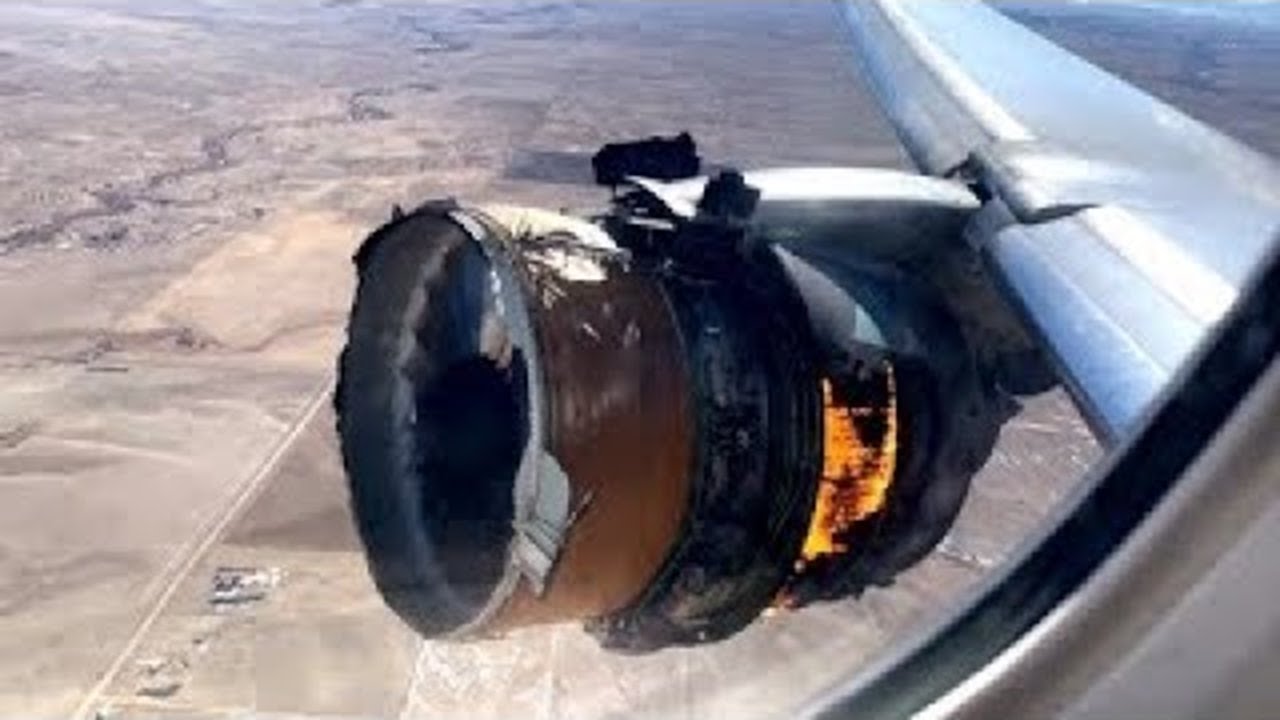
Common Causes of Airplane Failures
Airplane failures can be attributed to a multitude of factors, ranging from mechanical failures to human errors. The following are some of the most common causes:
Mechanical Failures
Mechanical failures are often the result of wear and tear, design flaws, or manufacturing defects. Some common mechanical failures include:
– Engine Failure: Engine failure is one of the most critical types of mechanical failures. It can be caused by issues such as fuel pump failure, turbine blade failure, or oil system malfunction.
– Structural Failure: Structural failures can occur due to fatigue, corrosion, or inadequate design. They can lead to catastrophic events such as wing or fuselage failures.
– Hydraulic System Failure: The hydraulic system is crucial for controlling flight surfaces and other critical functions. A failure in this system can lead to loss of control.
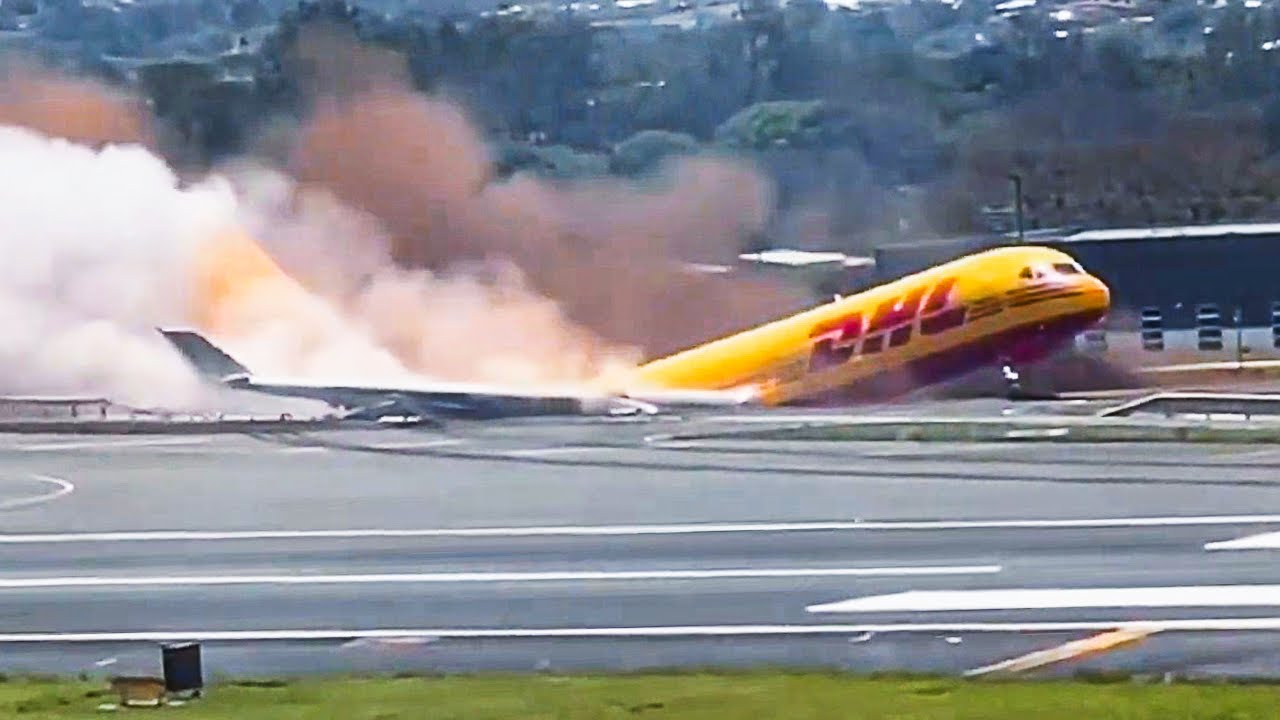
Human Errors
Human errors, including pilot mistakes, maintenance errors, and air traffic control errors, can also contribute to airplane failures. Some examples include:
– Pilot Error: Errors made by pilots, such as incorrect calculations, poor decision-making, or failure to follow procedures, can lead to accidents.
– Maintenance Errors: Inadequate maintenance or failure to follow proper maintenance procedures can result in equipment failure.
– Air Traffic Control Errors: Errors made by air traffic controllers, such as incorrect instructions or failure to monitor aircraft, can lead to mid-air collisions or other accidents.
Environmental Factors
Environmental factors, such as extreme weather conditions, can also contribute to airplane failures. For example, lightning strikes can cause electrical system failures, and icing conditions can lead to loss of control.
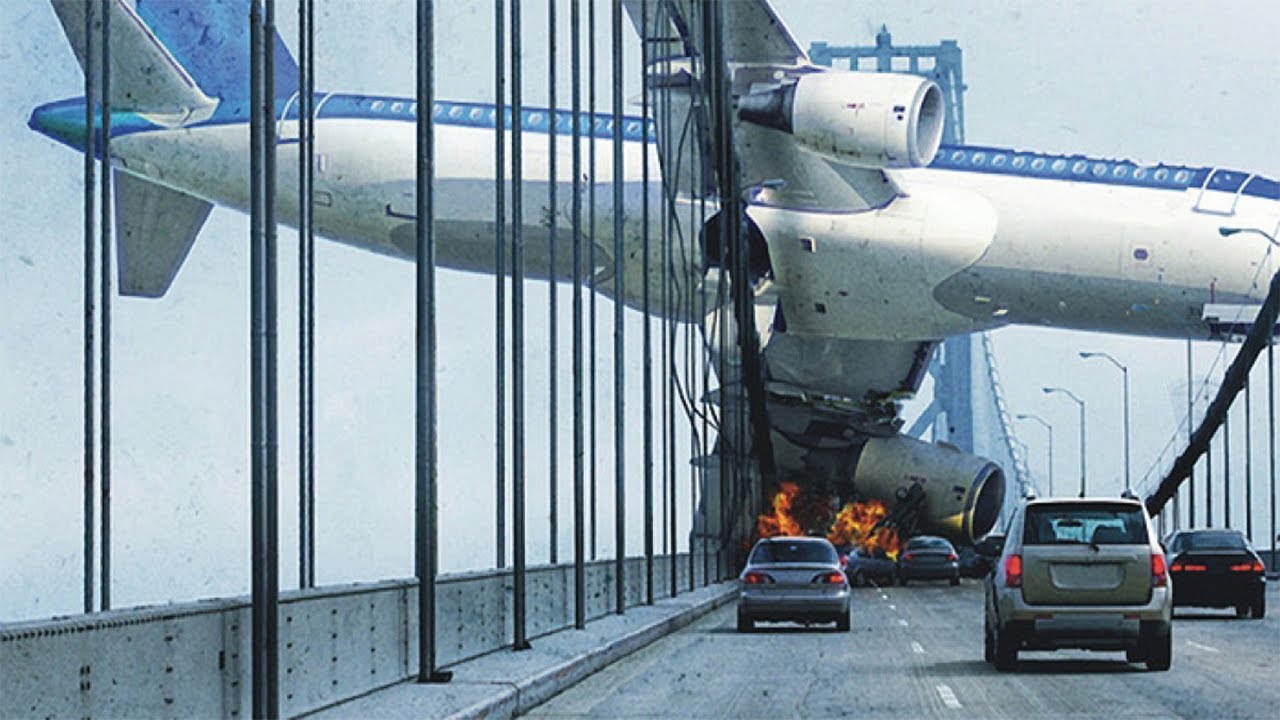
The Impact of Airplane Failures on Aviation Safety
The consequences of airplane failures are profound, affecting not only the individuals involved but also the broader aviation industry and the public’s confidence in air travel. Some of the impacts include:
Loss of Life
The most tragic consequence of airplane failures is the loss of life. The 1977 Tenerife Airport disaster, for example, is the deadliest aviation accident in history, resulting in the loss of 583 lives.
Property Damage
Airplane failures can lead to significant property damage, including damage to the aircraft itself, other aircraft, and infrastructure such as runways and hangars.
Disruptions to Air Travel
Airplane failures can disrupt air travel, leading to delays, cancellations, and increased costs for airlines and passengers.
Public Confidence
Repeated airplane failures can erode public confidence in air travel, leading to a decrease in passenger numbers and potential long-term damage to the aviation industry.
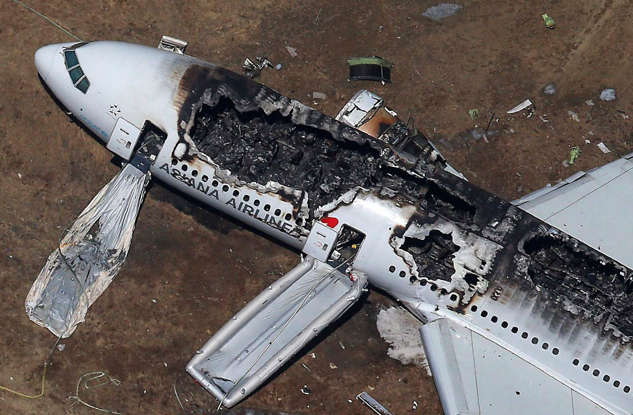
Preventing Airplane Failures
To mitigate the risk of airplane failures, various measures are taken, including:
Regulatory Oversight
Regulatory bodies, such as the Federal Aviation Administration (FAA) in the United States and the European Union Aviation Safety Agency (EASA), establish and enforce safety regulations to ensure that aircraft are designed, manufactured, and maintained to the highest standards.
Technological Advances
Advances in technology, such as improved materials, more reliable engines, and sophisticated monitoring systems, have contributed to increased aircraft safety.
Training and Certification
Pilots, maintenance technicians, and air traffic controllers undergo rigorous training and certification to ensure they are competent to perform their respective roles safely.
Investigations and Lessons Learned
Following airplane failures, thorough investigations are conducted to determine the cause and prevent similar incidents from occurring in the future. The lessons learned from these investigations are shared within the aviation industry to improve safety practices.
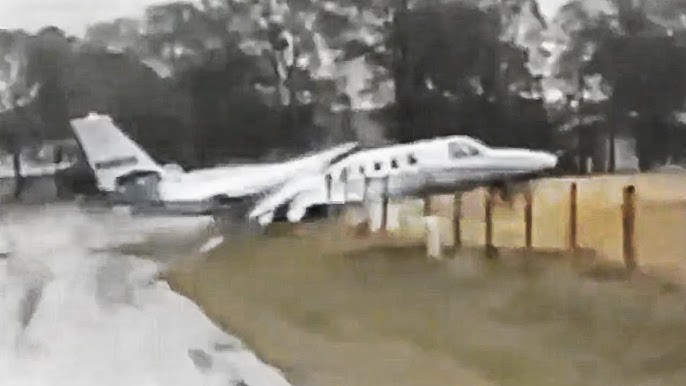
Conclusion
Airplane failures are a complex and multifaceted issue that requires a comprehensive approach to prevent. By understanding the common causes, the impact on aviation safety, and the measures taken to prevent such incidents, we can strive to make air travel safer for all. The continuous improvement of safety standards, technological advancements, and the dedication of professionals in the aviation industry are crucial in ensuring that airplane failures remain rare and that the skies remain safe for passengers and crew alike.
As the aviation industry continues to evolve, it is essential to remain vigilant and proactive in identifying and addressing potential risks. Future research should focus on the integration of new technologies, the development of advanced predictive maintenance techniques, and the enhancement of human factors training to further reduce the likelihood of airplane failures. The safety of air travel is a collective responsibility, and through collaboration and innovation, we can continue to build a more secure and reliable aviation system.








